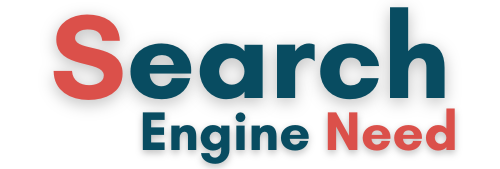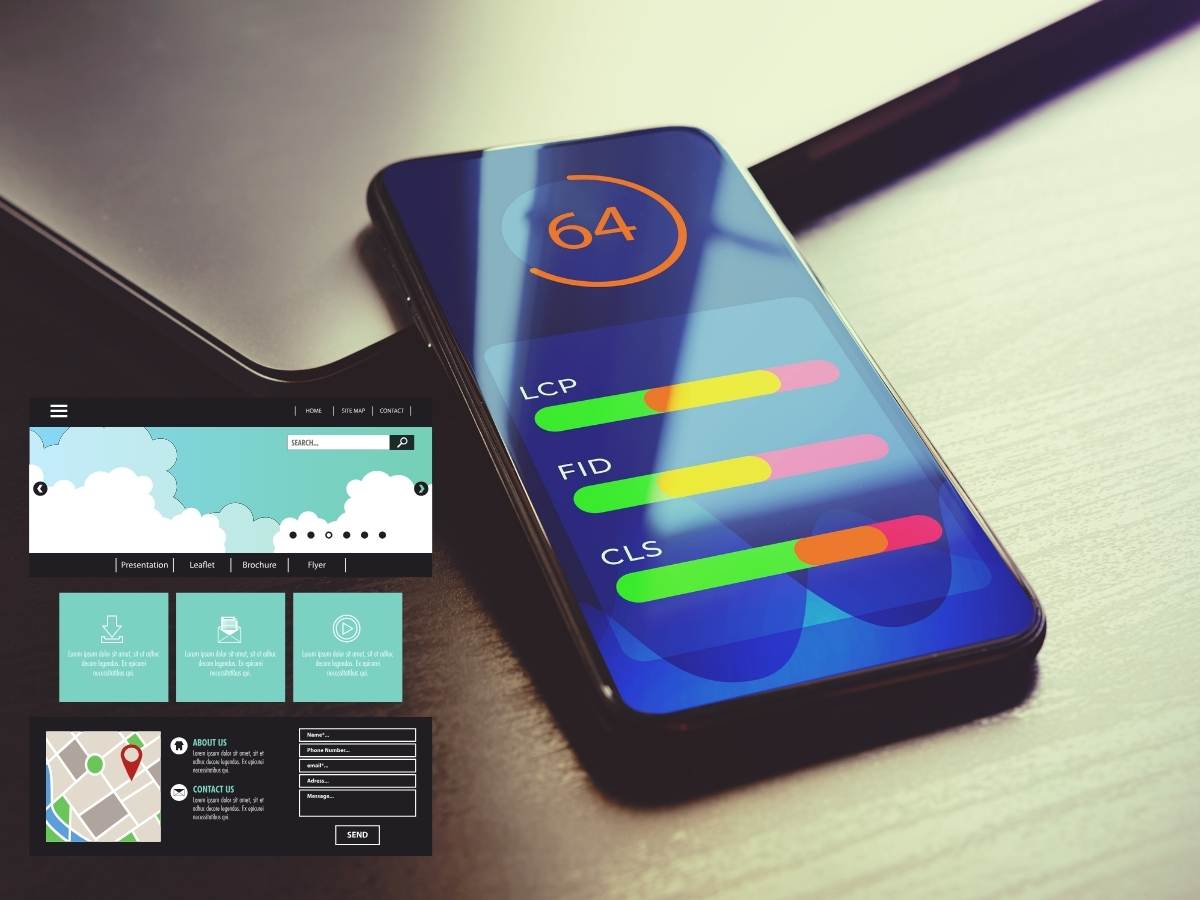Largest Contentful Paint (LCP) is a critical metric in Google’s Core Web Vitals, measuring the time it takes for the largest visible content element on a webpage to load. This metric is vital for user experience, as a good LCP score helps ensure that a webpage feels fast and responsive.
What is LCP?
LCP measures when the largest content element, such as an image, video, or text block, becomes visible in the viewport. It’s a key indicator of page loading speed, influencing user satisfaction and SEO rankings. An ideal LCP score is 2.5 seconds or less, meaning the page's primary content should load quickly to keep users engaged.
Key Factors Affecting LCP
- Server Response Time: Slow server response times delay content delivery, impacting LCP. Faster servers or a Content Delivery Network (CDN) can help improve this by reducing latency.
- Render-Blocking Resources: CSS and JavaScript can block the rendering of the largest visible elements. Minimize render-blocking resources by deferring or asynchronously loading non-essential scripts and styles.
- Resource Load Time: The time it takes for images and videos to load significantly impacts LCP. Optimizing file sizes and formats, using efficient compression, and implementing lazy loading can improve load times.
- Client-Side Rendering: Overuse of JavaScript for client-side rendering can delay LCP. Reducing reliance on heavy scripts can help speed up content display.
Tips to Improve LCP
Here are some tips from top experts to optimize LCP:
- Optimize Server Performance: Improve your server response time by using CDNs, optimizing server settings, and reducing time-to-first-byte (TTFB). A faster server response means quicker content loading.
- Minimize and Defer CSS and JavaScript: Reduce the amount of CSS and JavaScript that blocks rendering. Use asynchronous loading for non-critical JavaScript and defer styles that are not immediately necessary for the first paint.
- Optimize Images and Videos: Compress images and use next-generation formats like WebP. Implement lazy loading for images and videos to ensure that only visible content is loaded initially, improving LCP.
- Preload Key Resources: Use the
preloaddirective for crucial assets like fonts and above-the-fold images to prioritize their loading, which can significantly improve LCP. - Improve Client-Side Rendering: Optimize the use of JavaScript and minimize heavy client-side frameworks that delay rendering. Focus on delivering core content quickly before loading additional resources.
Monitoring and Tools
Regularly monitor your website’s LCP performance using tools like Google PageSpeed Insights, Lighthouse, or the Core Web Vitals report in Google Search Console. These tools provide detailed insights into LCP performance and suggest specific improvements.
Conclusion
Improving Largest Contentful Paint is essential for enhancing user experience and maintaining strong SEO performance. By focusing on server optimization, reducing render-blocking resources, optimizing images, and leveraging modern web technologies, you can achieve a better LCP score, ensuring faster page loads and a more responsive web experience.
By continuously monitoring and refining your strategies, you can keep your website performing optimally, leading to better engagement and higher rankings in search results.


